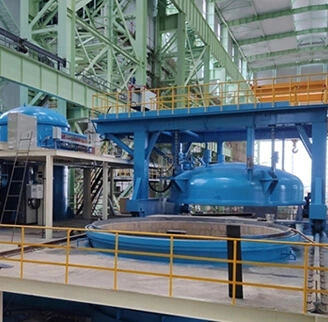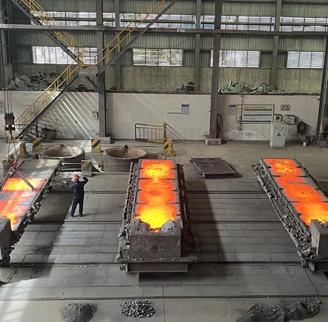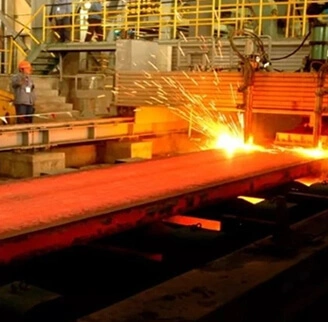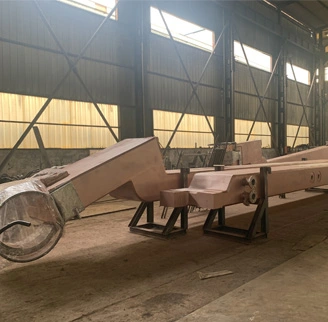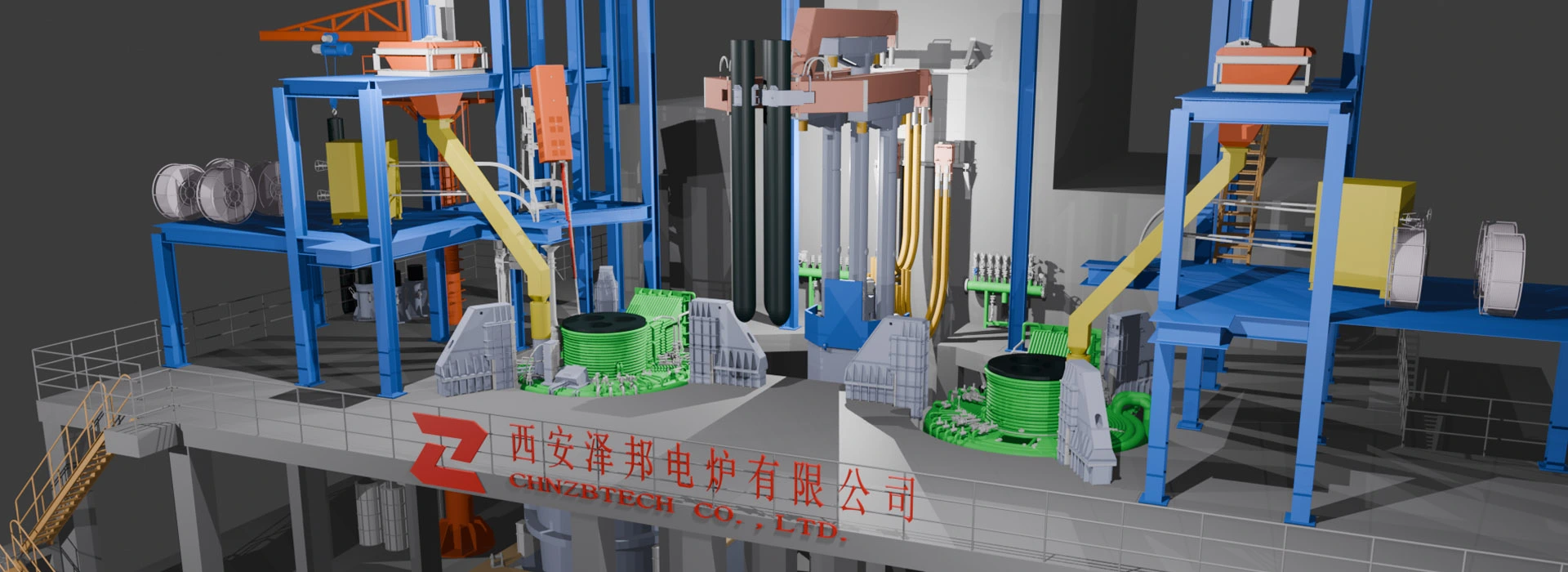Secondary refining aims to fine-tune the steel's properties, ensuring the secondary refining process meets the stringent requirements of various industries, including automotive, construction, aerospace, and more.
Purity Enhancement: Steel produced in primary furnaces can still contain impurities and non-metallic inclusions that might adversely affect its mechanical properties, formability, and overall quality. Secondary refining furnaces, such as ladle furnaces or vacuum degassing units, focus on reducing these impurities to enhance the steel's purity. Through secondary refining processes like desulfurization and deoxidation, excess sulfur and oxygen are removed, leading to cleaner and more refined steel.
Composition Adjustment: Steel's composition can significantly impact its performance in various applications. Secondary refining furnaces provide a controlled environment for adjusting the composition of steel by adding precise amounts of alloying elements. This secondary metallurgy steelmaking process allows steelmakers to achieve specific mechanical properties, corrosion resistance, and other characteristics required for specific applications.
Refining Quality: The secondary refining process involves precise temperature and chemical control, which aids in the removal of undesirable elements and compounds that could compromise the steel's quality. By utilizing techniques like argon or vacuum degassing, hydrogen removal, and slag foaming, steelmakers can achieve higher levels of cleanliness and homogeneity in the final product. This contributes to improved mechanical properties, surface finish, and overall quality.
 back homepage
back homepage
 EN
EN
 fr
fr  ar
ar  fa
fa 
